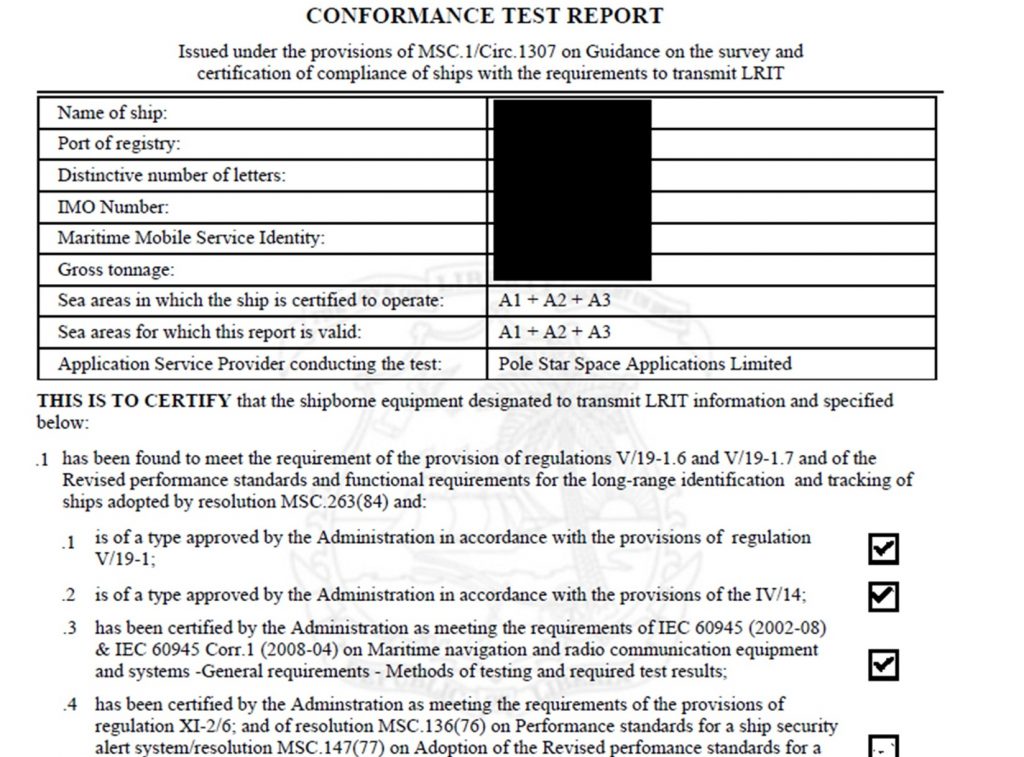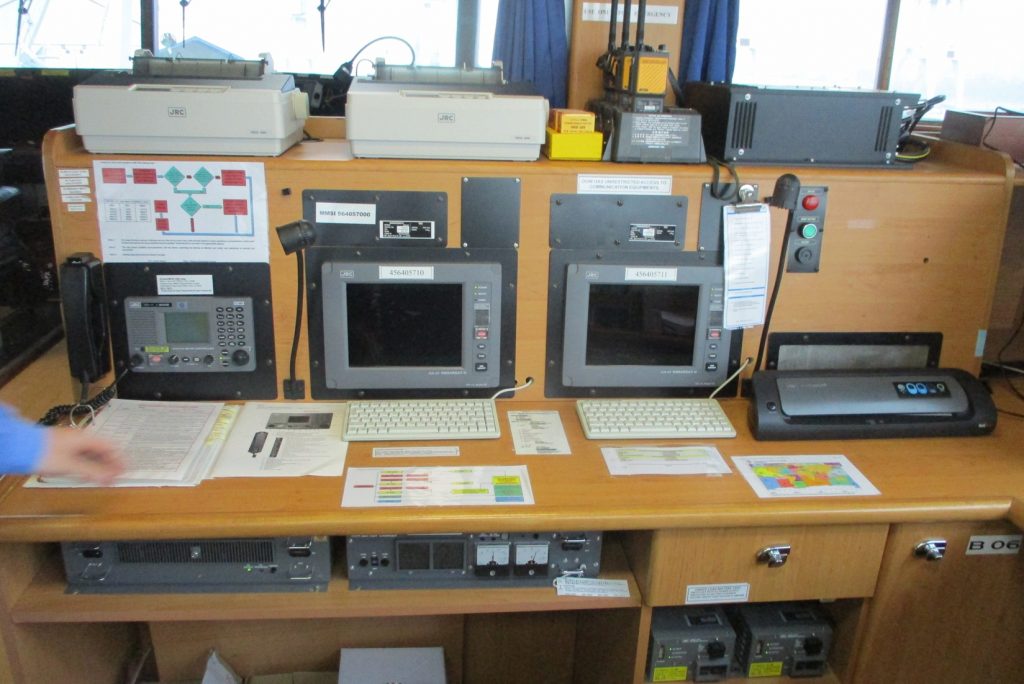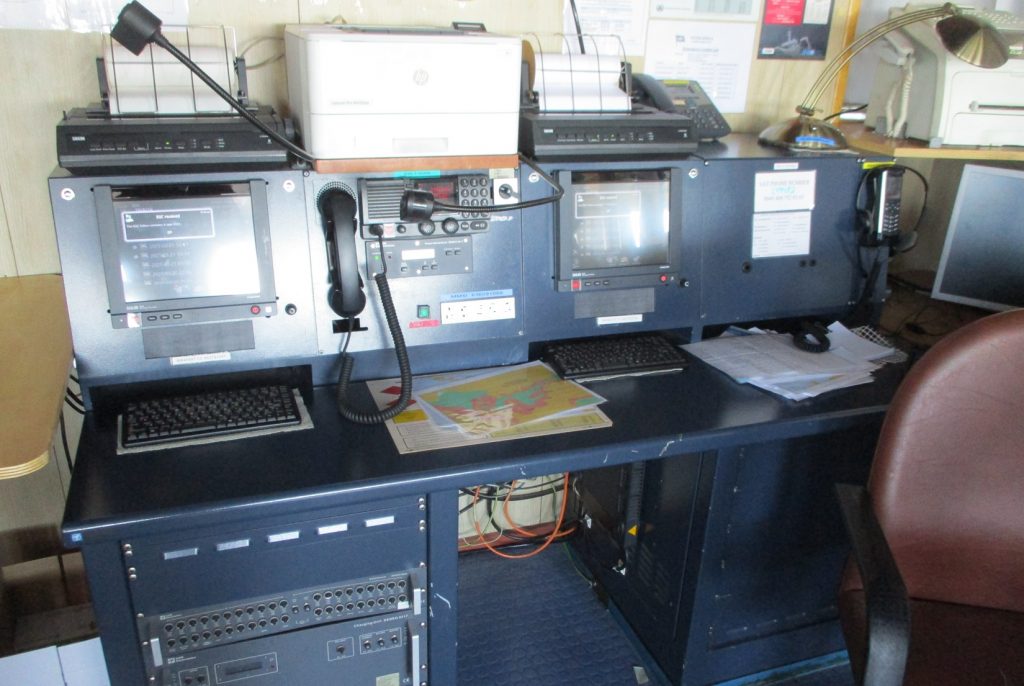In the ever-evolving landscape of maritime communications, Long-Range Terrestrial and Satellite Communication Interfaces (LRTI) play a critical role in ensuring safe and reliable data exchange between merchant vessels and shore-based infrastructure. As regulations tighten and digitalization accelerates in the maritime sector, the need to validate the functionality and compliance of LRTI systems has become paramount. This is where Conformance Test Reports (CTR) step in. In this article, we explore what LRTIs are, why they matter onboard merchant vessels, and how Conformance Test Reports ensure that these communication interfaces meet regulatory and operational standards.
What is an LRTI?
A Long-Range Terrestrial Interface (LRTI) is a communication subsystem that enables data transmission between a vessel and remote terrestrial or satellite infrastructure. These interfaces are used primarily for long-distance communication where conventional short-range systems (e.g., VHF or UHF radio) are inadequate.
LRTIs typically include:
-
Satellite Communication Systems (SATCOM) – such as Inmarsat, Iridium, VSAT.
-
High Frequency (HF) or Medium Frequency (MF) radio systems.
-
Cellular-based systems (when near shore).
-
Integrated bridge communication systems linked with navigation and voyage data recorders.

LRTIs are vital for:
-
Safety communications (GMDSS).
-
Maritime Single Window compliance (port reporting).
-
Remote diagnostics and condition-based maintenance.
-
Continuous environmental reporting (e.g., fuel consumption, emissions).
-
Cybersecurity monitoring and data exchange.
Regulatory Background: Why Compliance Matters
The International Maritime Organization (IMO), through conventions like SOLAS and MARPOL, mandates certain communication capabilities and performance standards onboard ships. Furthermore, as part of the Maritime Cyber Risk Management guidelines (IMO Resolution MSC.428(98)), vessels must ensure that their onboard communication systems are secure, resilient, and conform to performance expectations.
In this context, Conformance Test Reports become essential tools. They certify that the LRTI onboard meets the specified requirements, both from a functional and cybersecurity perspective.
What are Conformance Test Reports (CTR)?
A Conformance Test Report is a technical document that verifies whether a given system or device conforms to a defined set of standards, protocols, and performance benchmarks. For LRTIs, these tests validate:
-
Hardware configuration compliance (e.g., antenna alignment, frequency bands).
-
Software functionality (firmware versions, compatibility with maritime protocols).
-
Data transmission accuracy and integrity.
-
Interoperability with shore-based systems and other onboard equipment.
-
Cybersecurity controls (firewalls, encryption, authentication).
-
Failover and redundancy behavior under test conditions.
The CTR is often produced as part of a commissioning process or periodic audit, and can be required by:
-
Classification societies (e.g., DNV, ABS, Lloyd’s Register).
-
Maritime administrations.
-
Port State Control inspections.
-
Shipowners and fleet managers for internal verification.
Key Components of an LRTI CTR
A comprehensive Conformance Test Report for an LRTI includes multiple sections, often aligned with ISO/IEC and ITU-T standards. The typical components include:
1. Test Summary
-
Scope of the test campaign.
-
Testing methodology (manual, automated, hybrid).
-
Standards referenced (e.g., IEC 61162, NMEA 2000, IMO Resolutions).
2. System Description
-
Overview of the onboard LRTI architecture.
-
Diagram of system interconnections.
-
Inventory of tested hardware and software components.
3. Test Cases and Results
-
Functional tests (e.g., transmission under different sea states).
-
Performance tests (latency, bandwidth, packet loss).
-
Interoperability scenarios (e.g., communication with port systems).
-
Cybersecurity test vectors (penetration attempts, threat modeling).
-
Failover and recovery behavior.
4. Non-Conformance and Mitigation
-
Identified failures or deviations.
-
Root cause analysis.
-
Recommended corrective actions.
5. Conclusions and Certification Statement
-
Final verdict on compliance.
-
Validity period of the report.
-
Sign-off by accredited test personnel or third-party auditor.


LRIT and the ISPS Code
The ISPS Code, part of SOLAS Chapter XI-2, establishes a global framework for maritime security. The Long-Range Identification and Tracking (LRIT) system supports this by providing real-time vessel position data to flag states and authorized authorities. This data enhances threat detection, situational awareness, and compliance monitoring.
A valid Conformance Test Report (CTR) ensures that the ship’s LRIT equipment meets IMO standards, making it a key element in fulfilling ISPS Code requirements related to ship monitoring and security readiness.
Conclusion
LRTIs are no longer optional components of maritime communication—they are mission-critical. Ensuring their proper functionality, interoperability, and security through rigorous Conformance Test Reports is not just about regulatory compliance; it’s about operational excellence and safety at sea.
As shipping lines modernise their fleets and integrate digital solutions, CTRs for LRTI systems will serve as the technical foundation for trust, transparency, and resilience in maritime connectivity.

